The Historic Context of the Armenia-Azerbaijan Battle
The battle between Armenia and Azerbaijan has deep historic roots, intertwining ethnic, territorial, and political narratives that date again over a century. At the center of the discord is the contested area of Nagorno-Karabakh, which has skilled a tumultuous previous, particularly throughout the dissolution of the Soviet Union. The struggle that erupted within the late Eighties and early Nineties resulted in important casualties and displacement, with either side harboring grievances that proceed to gas tensions. The Armenian inhabitants, primarily Christian, claims historic ties to the area, whereas the Azerbaijani majority, predominantly Muslim, emphasizes their nationwide sovereignty over the territory. This duality of claims complicates the peace course of and has result in sporadic outbreaks of violence even after the 2020 ceasefire settlement.
As worldwide efforts tried to dealer peace, varied exterior powers have performed roles within the dynamics of the battle. Russia has traditionally been considered as a key participant,sustaining navy alliances with Armenia whereas additionally fostering ties with Azerbaijan.The involvement of Turkey in assist of Azerbaijan additional complicated regional politics, creating a geopolitical chess recreation that usually overshadowed the underlying humanitarian wants.Regardless of latest advances towards a peace treaty,the street forward stays rocky. Each nations should navigate home politics, regional alliances, and historic narratives to construct belief and guarantee lasting peace. The significance of addressing land rights, refugees, and mutual recognition of sovereignty can’t be overstated as thay embark on this delicate journey in direction of decision.
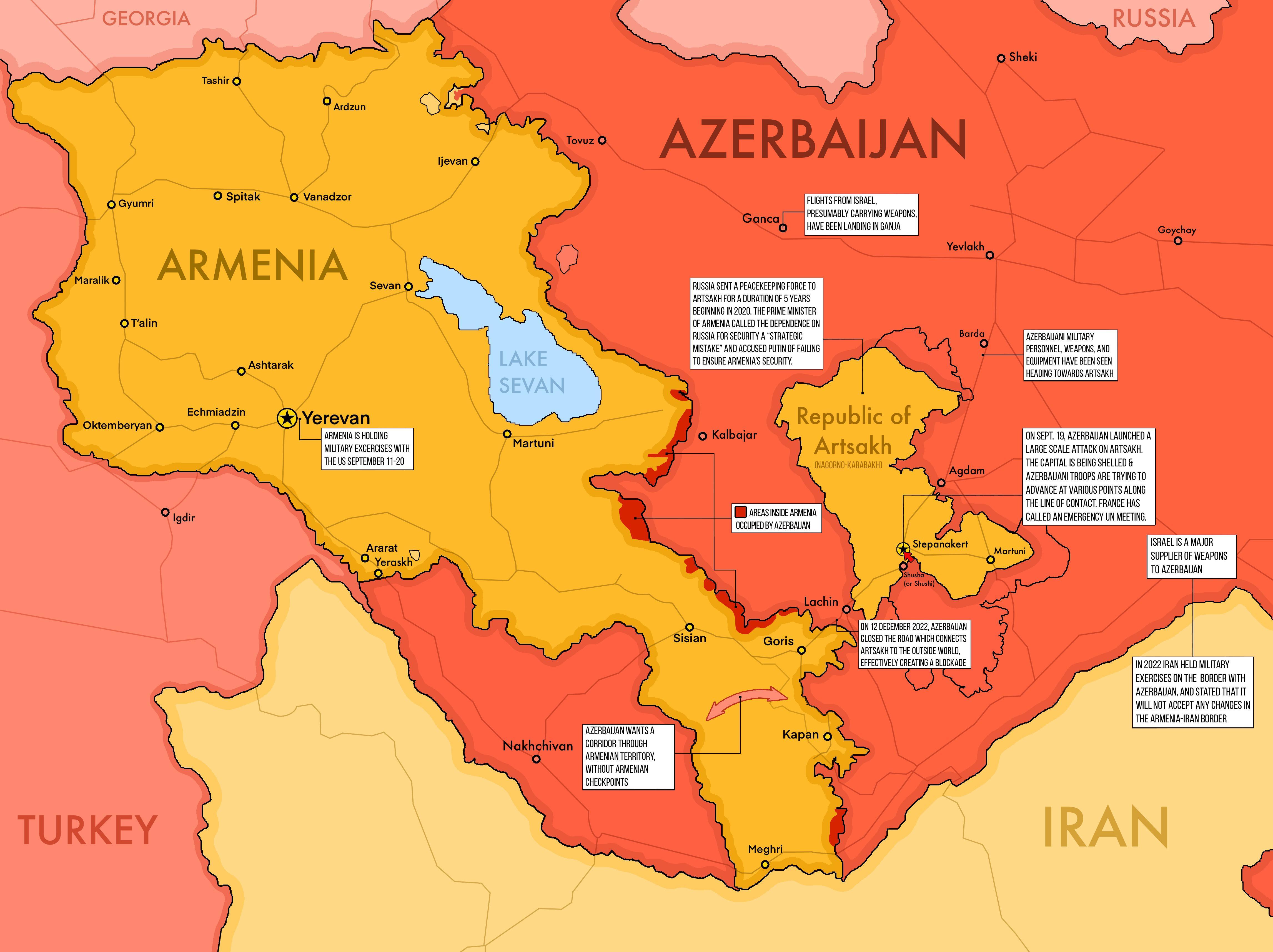
Key Provisions of the New Peace Treaty and Their Implications
The lately finalized peace treaty between Armenia and azerbaijan consists of a number of key provisions geared toward fostering long-term stability within the area. Amongst these, the demarcation of borders serves as a foundational component, selling readability in territorial claims which have been a supply of rivalry for many years. Moreover, the treaty outlines mechanisms for mutual recognition of sovereignty, paving the approach for each nations to interact in diplomatic relations constructed on respect and cooperation. This mutual recognition might improve financial ties,opening avenues for commerce which have beforehand been hampered by battle.
Furthermore, the treaty addresses the displacement of populations by establishing protocols for the secure return of refugees and displaced individuals to their properties. this humanitarian side not solely seeks to rectify previous grievances but in addition goals to construct belief between the communities affected by the battle. The settlement additionally proposes joint initiatives on cultural alternate applications and infrastructure growth, selling interdependence that might strengthen peace efforts. Under is a abstract of the treatyS essential provisions:
ProvisionImplicationBorder DemarcationClarifies territorial disputes,lowering potential conflicts.Mutual Recognition of SovereigntyEnhances diplomatic and financial relations.Return of Displaced PersonsAddresses humanitarian considerations and builds belief.cultural Trade ProgramsFosters understanding and cooperation amongst communities.Infrastructure DevelopmentEncourages joint financial initiatives for prosperity.
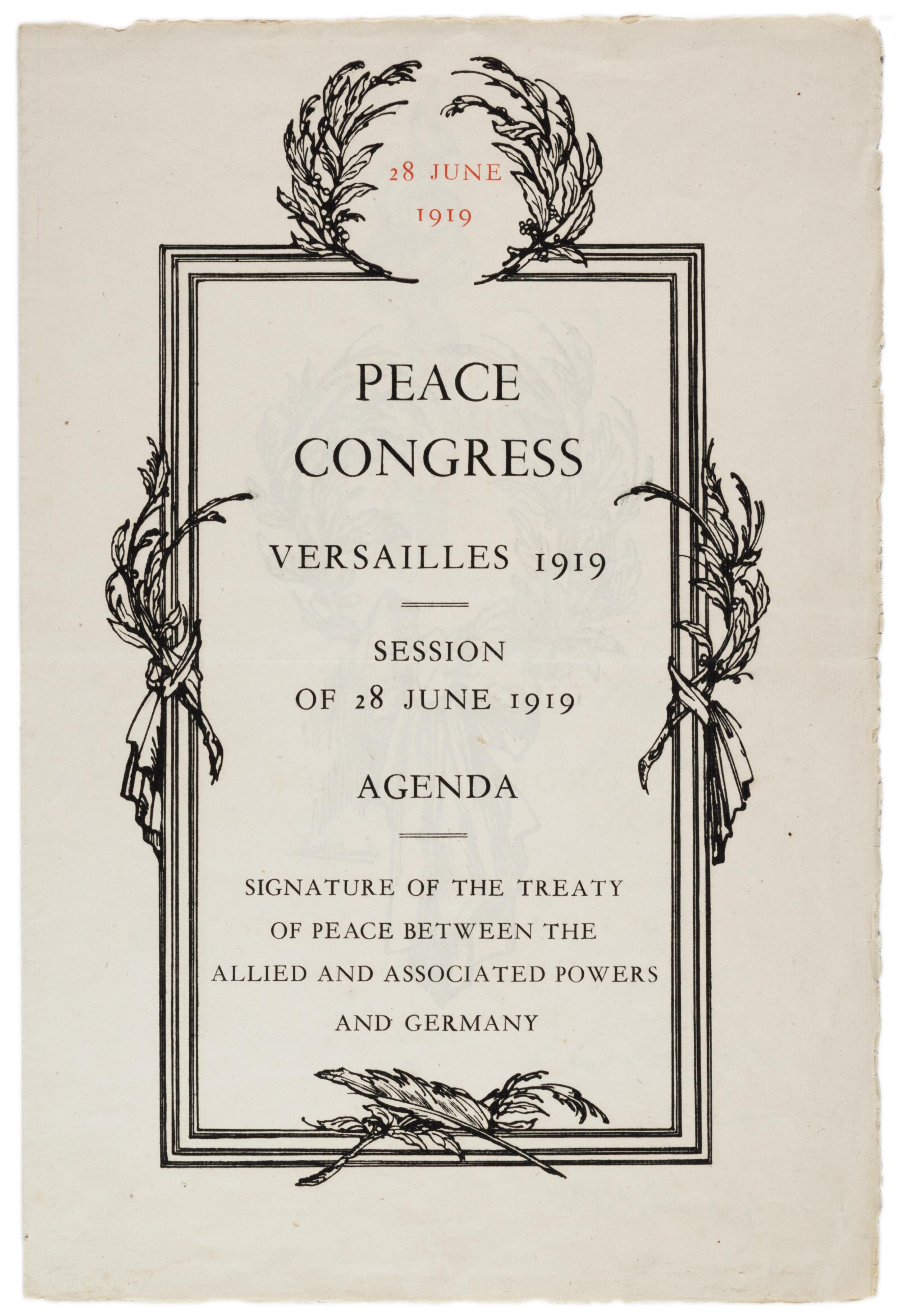
Challenges Forward: Unresolved Territorial Disputes and Minority Rights
The street to stability in the South caucasus stays fraught with complexity, notably as unresolved territorial disputes proceed to simmer between Armenia and Azerbaijan. Whereas the latest peace treaty goals to offer a framework for cooperation, the underlying tensions are removed from extinguished. Key points embody the standing of Nagorno-Karabakh, the place ethnic Armenians search autonomy, and the destiny of displaced populations, which complicates the negotiation panorama. These unresolved issues increase important questions on nationwide safety, governance, and the legitimacy of territorial claims, creating an habitat ripe for renewed battle if not addressed adequately.
Equally urgent are the challenges surrounding minority rights in each nations. The aftermath of the battle has seen growing considerations relating to the therapy of ethnic minorities, notably within the context of nationalism. The want for inclusive insurance policies and safety mechanisms for susceptible communities is essential in fostering a harmonious coexistence. Success on this endeavor would require a concerted effort from each governments, in addition to engagement from worldwide organizations, to make sure that the rights and voices of all affected populations are heard and revered. A dedication to dialog and reconciliation will probably be important for any significant progress within the area.
Key IssuesPotential ConsequencesTerritorial claims over Nagorno-KarabakhRenewed hostilities and instabilityDisplacement of ethnic minoritiesHumanitarian crises and social unrestlack of inclusive governanceMarginalization of minority communities
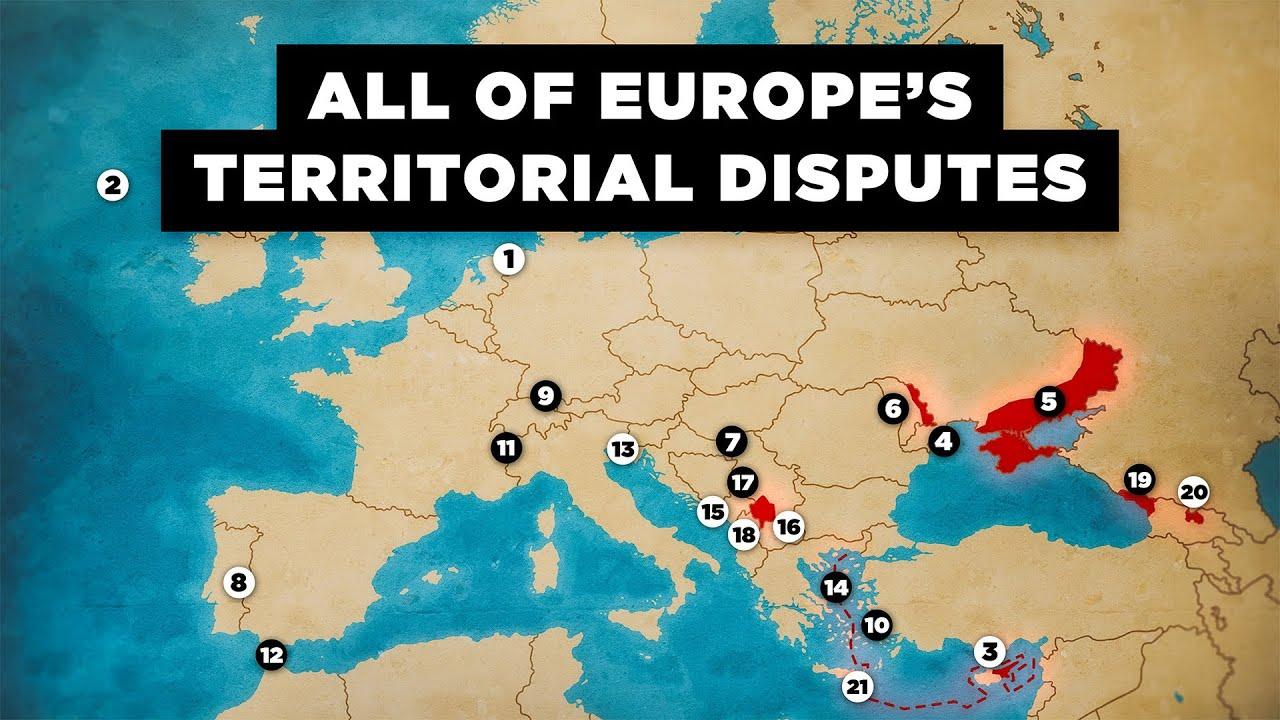
Worldwide mediation performs an important position in navigating the complicated panorama of peace negotiations, particularly within the context of longstanding conflicts like that between armenia and Azerbaijan. By facilitating dialogue, mediators assist bridge the hole between divergent pursuits and historic grievances. This engagement not solely introduces a impartial perspective but in addition encourages constructive communication geared toward addressing the basis causes of discord. Key elements of the mediation course of embody:
Impartial Floor for Dialogue: Mediators create a secure atmosphere for each events to specific their considerations and aspirations.Facilitation of Compromise: Mediation helps the identification of mutually acceptable options, selling versatility and collaboration.long-term Engagement: Mediators continuously sufficient assist set up frameworks for sustained cooperation past the preliminary agreements, aiding in trust-building.
Nevertheless, regardless of the promising framework established by mediation, challenges persist that may undermine the sturdiness of peace agreements. points comparable to territorial disputes, minority rights, and useful resource allocations stay contentious and require ongoing consideration. To successfully handle these challenges, a multifaceted strategy is important, which consists of:
Challengespotential SolutionsTerritorial disputesInvolvement of worldwide observers to make sure honest implementation of border agreements.Minority Rightsestablishment of bilateral commissions centered on safeguarding the rights of affected populations.Useful resource AllocationJoint financial initiatives to foster cooperation and shared advantages between the nations.
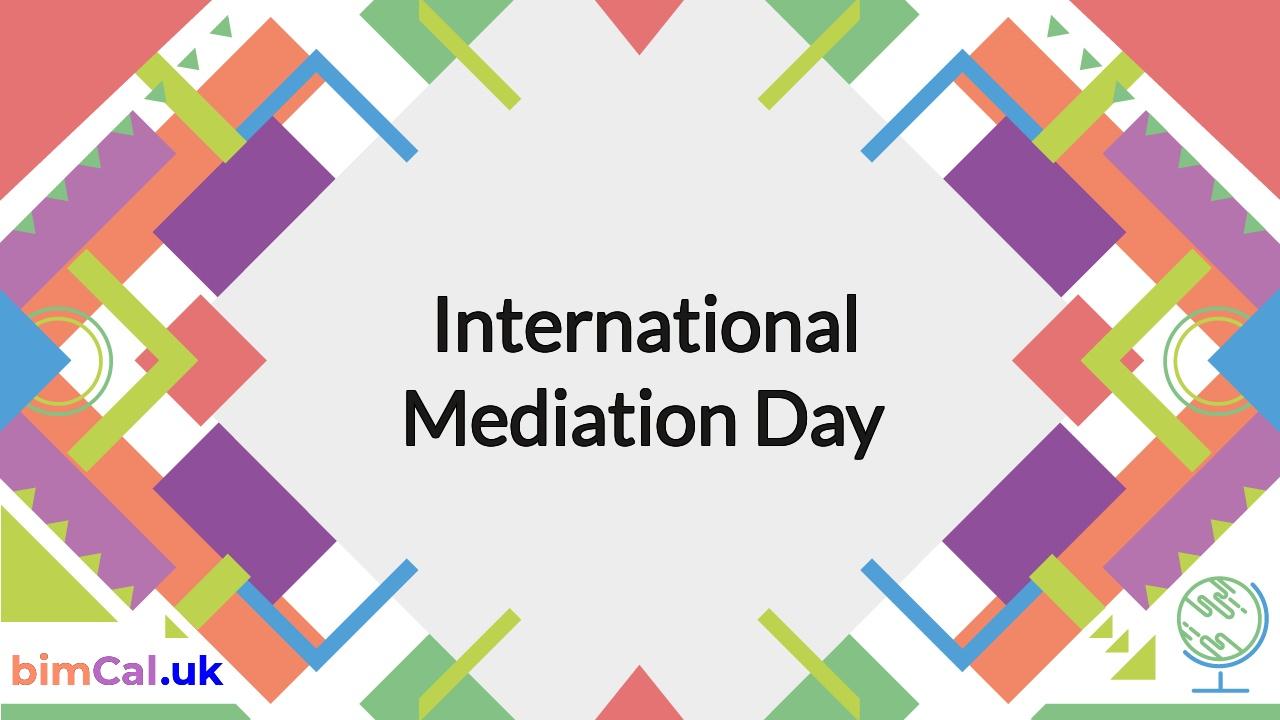
Suggestions for Sustainable Reconciliation and Cooperation
To foster a lasting peace between Armenia and Azerbaijan, a multifaceted strategy is important. Frist and foremost, the institution of dialogue platforms the place residents, civil society, and policymakers interact may also help bridge cultural and historic divides. Such platforms ought to give attention to shared narratives and mutual understanding, emphasizing the significance of community-building initiatives. Moreover, investing in financial cooperation initiatives can create interdependence that daunts battle, selling stability within the area by means of shared industrial pursuits.
Furthermore, contemplating the historic grievances, transitional justice mechanisms should be applied to deal with previous injustices and facilitate therapeutic. Applications emphasizing training and youth alternate initiatives can domesticate a brand new technology that prioritizes peace over battle. It’s certainly crucial to combine environmental sustainability into any cooperative ventures, as each nations face widespread challenges comparable to local weather change and useful resource administration. On this context,joint environmental initiatives can’t solely bolster cooperation but in addition improve resilience in opposition to future challenges.

The Significance of Home Consensus in Each Nations for Peace Implementation
Attaining home consensus inside Armenia and Azerbaijan is essential for the profitable implementation of any peace treaty. The engagement of varied stakeholders, together with authorities officers, civil society teams, and political events, is important to foster a local weather of belief and collaboration. It’s certainly essential for each nations to:
Encourage public dialogue: Open boards and discussions can positively assist bridge the hole between differing views.Contain youth and grassroots actions: Empowering youthful generations can create a basis for enduring peace.Emphasize readability: Clear communication from leaders about treaty particulars can construct public confidence and assist.
Furthermore, the implementation course of should be accompanied by efforts to reconcile historic grievances and narratives which have lengthy divided the 2 nations. Mutual understanding could be enhanced by means of cultural exchanges and academic initiatives aimed at selling peace reasonably then division. A centered strategy could embody:
InitiativePurposeCultural festivalsCelebrate shared heritage and foster connectionsJoint Group ProjectsBuild belief by means of collaboration on native points
Such initiatives is not going to solely assist construct consensus but in addition lay the groundwork for a sustainable peace that resonates with the aspirations of the individuals in each nations.
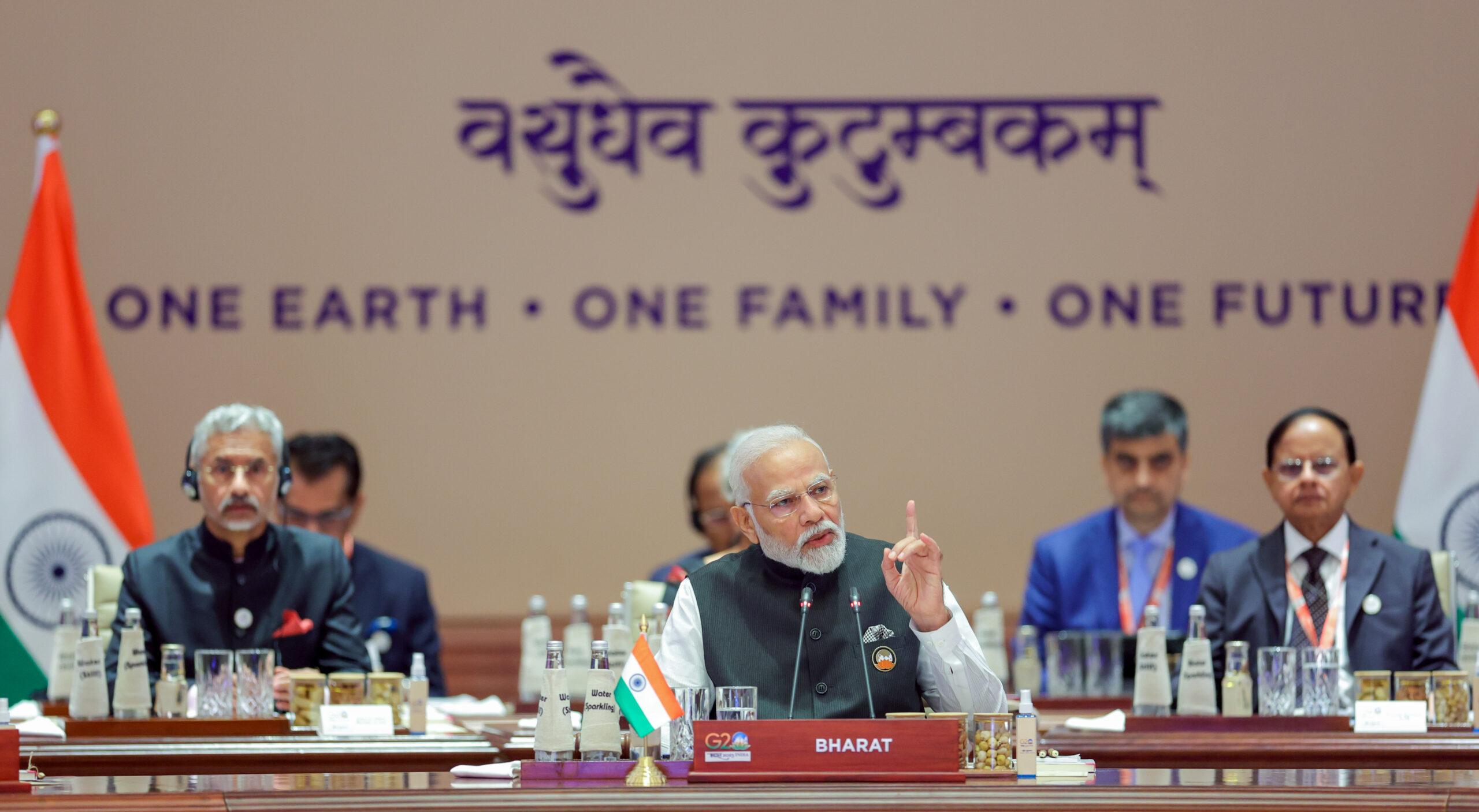
Concluding Remarks
As Armenia and Azerbaijan transfer ahead within the finalization of their peace treaty, the area stands at a pivotal juncture. Whereas this landmark settlement affords a glimmer of hope for lasting stability and reconciliation, the trail forward is fraught with challenges that can not be ignored. Each nations should navigate the complexities of their historic grievances, territorial disputes, and the societal impacts of years of battle.
The worldwide group’s position in supporting this fragile peace will probably be essential in making certain that the momentum for dialogue and cooperation is maintained. Continued engagement, monitoring, and collaboration will be important to deal with the lingering tensions and foster belief between each events. As Armenia and Azerbaijan embark on this new chapter, the world watches carefully, hopeful that this peace treaty will function a basis for a affluent and peaceable future within the South Caucasus.
whereas the finalization of the peace treaty marks a important step ahead, the dedication to peace would require sustained efforts from each governments and their populations. The journey in direction of reconciliation is simply starting, and its success will relaxation on the flexibility of each nations to interact in constructive dialogue and mutual understanding.
Source link : https://europ.info/2025/03/15/armenia-2/opinion-armenia-and-azerbaijan-finalise-peace-treaty-though-challenges-remain-commonspace-eu/
Creator : Victoria Jones
Publish date : 2025-03-15 08:59:00
Copyright for syndicated content material belongs to the linked Source.


